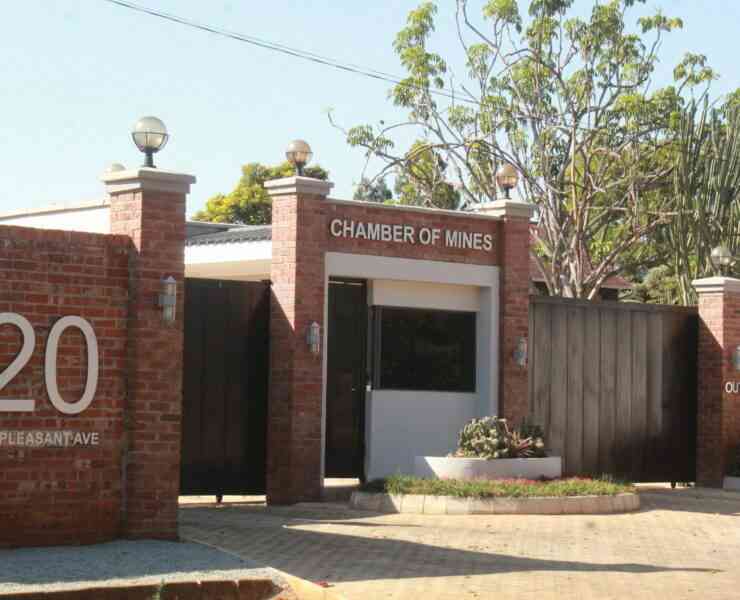
IN a firm response to rising public anxiety, the Bankers Association of Zimbabwe (BAZ) has dismissed fears of potential bank failures, declaring the sector “safe and sound” and well-insulated from the financial turbulence seen in some regional economies.
The association’s confidence is supported by data showing Zimbabwean banks are significantly healthier than their regional peers, many of whom have grappled with double-digit non-performing loan (NPL) ratios and central bank bailouts.
“No banks are currently at risk of collapse. The sector remains safe and sound, reflecting robust resilience,” BAZ president Sibongile Moyo said.
“The Reserve Bank of Zimbabwe (RBZ)’s 2025 Mid-Term Monetary Policy Statement confirms that all banking institutions are adequately capitalised, with the average non-performing loans (NPLs) ratio at 2,9% as of June 2025, which is well below the 5% international benchmark. This demonstrates effective risk management.”
This contrasts sharply with regional developments in countries such as Zambia and Mozambique, where some financial institutions have reported NPLs above 10%, according to regional financial reports.
Moyo attributed Zimbabwe’s banking stability to an improving macroeconomic environment marked by declining inflation and a steadier exchange rate.
“Monthly ZiG (Zimbabwe Gold) inflation has averaged a low and stable 0,5% from February to September 2025,” she stated.
“Furthermore, the exchange rate has been relatively stable, while past volatility necessitated prudence, the improved stability is gradually supporting a more conducive environment for sustainable core banking intermediation.”
- Awards target married couples
- Awards target married couples
- Directors’ governance plan gets Central Bank nod
- Directors’ governance plan gets Central Bank nod
Keep Reading
As a result, total sector loans rose to ZiG67 billion (US$2,5 billion) by mid-2025, supported by the RBZ’s gradual monetary tightening, a more measured approach than the abrupt rate hikes seen elsewhere in the region.
Moyo also underscored the role of regulatory oversight and depositor protection in maintaining confidence.
The Deposit Protection Corporation currently guarantees deposits of up to US$1 000 per account, with periodic reviews to ensure adequate coverage.
“The banking system is fundamentally sound and stable, underpinned by a comprehensive legal and regulatory framework,” Moyo pointed out. “The banking institutions themselves are committed to sound business practices and elevated supervisory vigilance against emerging risks, complementing the regulatory oversight.”
However, some economists have urged caution over the rapid growth in bank lending.
“I think the increase is a good thing because this will be used mainly in production. As far as I know, on average, 75% of the loans go into production,” economist Gift Mugano said earlier this year.
“So, the only (effect) is the high cost of the loans that some companies might find difficulty in terms of paying back and also the economy to function.”
Development economist Chenayimoyo Mutambasere added that the ZiG’s devaluation has also driven demand for credit as businesses and households seek to cushion themselves against rising costs.
The credit expansion comes as the government continues efforts to stimulate an economy that has struggled for over two decades, with the banking sector emerging as one of the few bright spots of resilience and reform.










